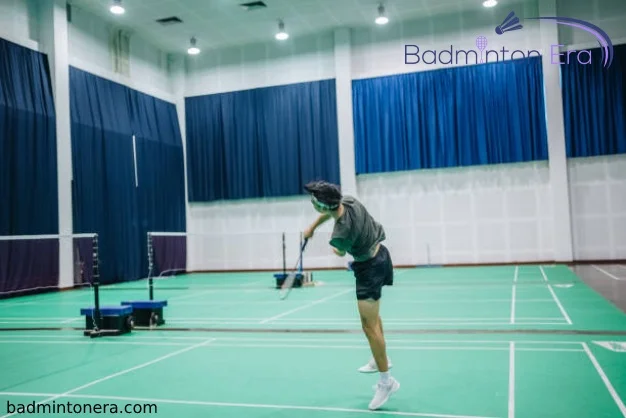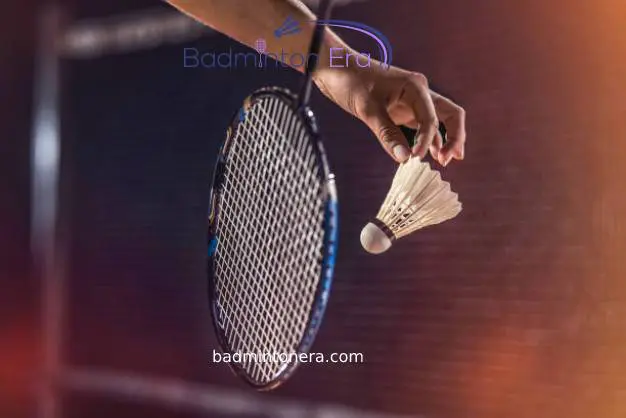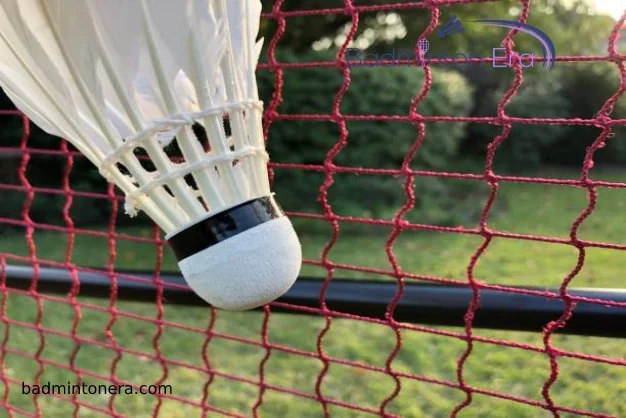Fundamental badminton skills, everyone wants to know
There are some fundamental badminton skills you should know before playing badminton. As it is a fantastic sport and beginners friendly. It means anyone can play it without the need for proper training. You can learn fundamental Badminton skills easily to play with friends. Most people play this game for health benefits and fun.
Mastering these skills is necessary to play in competitive tournaments and championships. For this purpose, you should play badminton consistently. Advanced skills like anticipation or perception come with experience of many years. On the other hand, you can learn fundamental badminton skills in a short time. This article will give you a comprehensive understanding of Fundamental badminton skills.
Grip, the fundamental badminton skills:
The grip is the prime Badminton skill you should know to increase wrist flexibility. It is all about positioning of fingers on the racket to hold. Wrong holding will cause poor shots, and the chances of wrist injury also increase by tight holding. We can categorize it as a forehand and backhand grip based on the fingers’ position.

1-Backhand grip:
Backhand grip is the fundamental badminton skill, placing your thumb on a wide surface. The index finger moves towards the middle finger in this grip. The strings of the racket will face the floor and ceiling. You must use this skill if the shuttle is at your level or in front.
2-Forehand grip:
In the forehand grip, don’t place the thumb on a wide surface. You can position your thumb anywhere near the racket grip. The position of fingers will be the same as in shaking hands.
3-Bevel grip:
The bevel grip is also a fundamental badminton skill you can use. Why do we need gravel grip in badminton sport? The bevel grip allows you to hit the shuttle precisely when the shuttle is behind you. It is a rare court backhand shot. You need only to rotate the racket clockwise or anti-clockwise starting from the backhand grip. Thumb will be on the bevel ridge, and the strings diagonal.
4-Panhandle grip:
Panhandle grip is the easiest-to-use badminton skill for beginners. In this skill, the thumb is also on the side of the racket grip. Players use it according to their position to play net kills.
Badminton players must learn about changing between different grips. It becomes easy if you are holding the racket with a loose hand.
Stance, the fundamental Badminton skill:
Stance is a fundamental badminton skill you should know to become efficient in hitting return strokes. It is the posture of the body required for different types of strokes. There are three different stances, that we need in various conditions during the game.
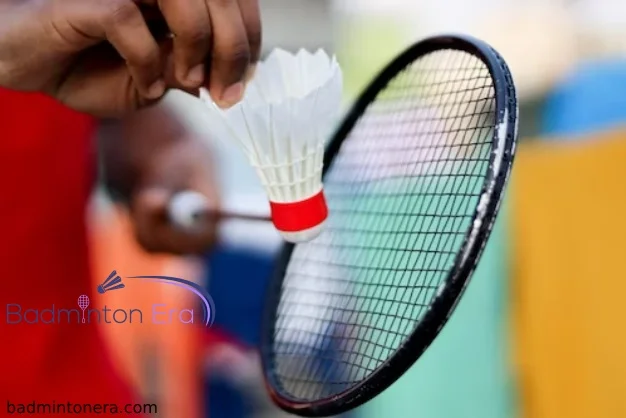
1-Defensive stance:
It is a posture you need while receiving attacking shots from the opponent. It is a beneficial badminton skill you should know to defend yourself. In this posture, you must keep your knees bent, legs wide, and flex your body. Place the racket at the height of your waist and body facing the net.
In this fundamental badminton skill performing uplift becomes easy. It will allow you to make counter-attacking shots. Another advantage is of covering the maximum angle. You can hit the shuttle either shot from the opponent on the left, right, or in front of you.
2-Attacking stance:
Get this body posture if the opponent has raised the shuttle high over the head. It is a forehead hit you can play to attack the opponent or to deliver a drop shot. To utilize this fundamental Badminton skill, you should know about rotating your body in angular form. Place your legs wide and transfer your weight to the racket leg. Smashes made in this posture are precise, attacking, and strong.
3-Net stance:
Players use net stance, a fundamental Badminton skill you should know, to hit the shuttle as quickly as possible. Now your racket leg must be in front of the non-racket leg. The racket position is always above the waist, and you can perform beating smashes. After tumbling shots, the body gets this posture.
Stroke, the fundamental badminton skill:
Another fundamental badminton skill you should know is stroke. The swing motion of the racket arm made by the player to hit the shuttle is stroke. We will call it stroke even if a player swings his arm but fails to hit the shuttle. In other words, a stroke is all about what happens before hitting. There are four different strokes, based on the swing direction and the grip used.
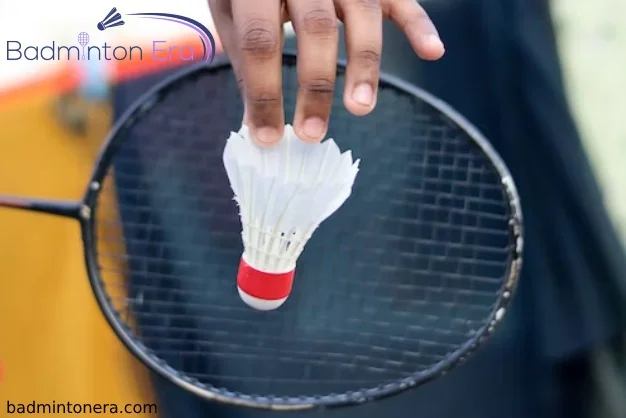
1-Overhead forehand stroke:
You can play this stroke using a forehand grip to make a strong shot. Use this stroke if the shuttle is coming just above the head. On applying this stroke trajectory of the shuttle will become downward. You can play this stroke to hit the shuttle on the racket side.
2-Overhead backhand stroke:
Players need this fundamental badminton skill when they face a shot coming over the head. In this stroke, use a backhand grip and swing the wrist forward to defend yourself. It is easier to do than other strokes. The shots produced by this stroke are weaker because of backhand utilization. Overhead backhand stroke is also useful to hit the shuttle coming on the non-racket side.
3-Underarm forehand stroke:
Using the forehand grip, you must swing your wrist as support to play this defensive stroke. Now, you can generate powerful hits and smashes. You should play an underarm forehand stroke if the shuttle is coming in your front.
4-Underarm backhand stroke:
Players must perform underarm backhand strokes to defend themselves against drop shots from the opponent players. Here you will use a backhand grip, and the strength of the smashes decreases.
Serve, the fundamental Badminton skill:
It is a simple skill essential to winning tournaments. You must know the proper method to make a service to hit the shuttle. In this skill, you will learn to select a shot to begin the point. For example, the shuttle will travel on a diagonal trajectory toward the opposite service box if you hit it behind the service line. There are three different serves based on shuttle landing.

1-High serve:
The shuttle will land at the back of the court following a steep trajectory. It will make the opponent player bound to use a backhand grip. Hence, there will be no powerful shot against you.
2-Low serve:
The landing point of the shuttle is in the front portion of the badminton court. The trajectory of the shuttle will be just over the net. Use this fundamental badminton skill to move the opponent toward the front. It will put the competitor in a defensive position rather than an offensive. It is beneficial to make points to win the rally.
3-Flick serve:
It is a fantastic badminton skill you should know to trick the competing player. Stand in the low-serve position, and he will expect a low-serve from you. He will move forward to respond to lower service, but you will deceive him. A high serve will happen because you have flicked the wrist. A shuttle will adopt the higher path and falls in the back part. It will help you get points against the opponent player.
Conclusion:
Learning fundamental badminton skills is an easy task for beginners. You require more practice to become a professional in this field. These skills are necessary for advanced players because you can never be e perfect without basics. So, master these fundamental skills to become successful in this field.



